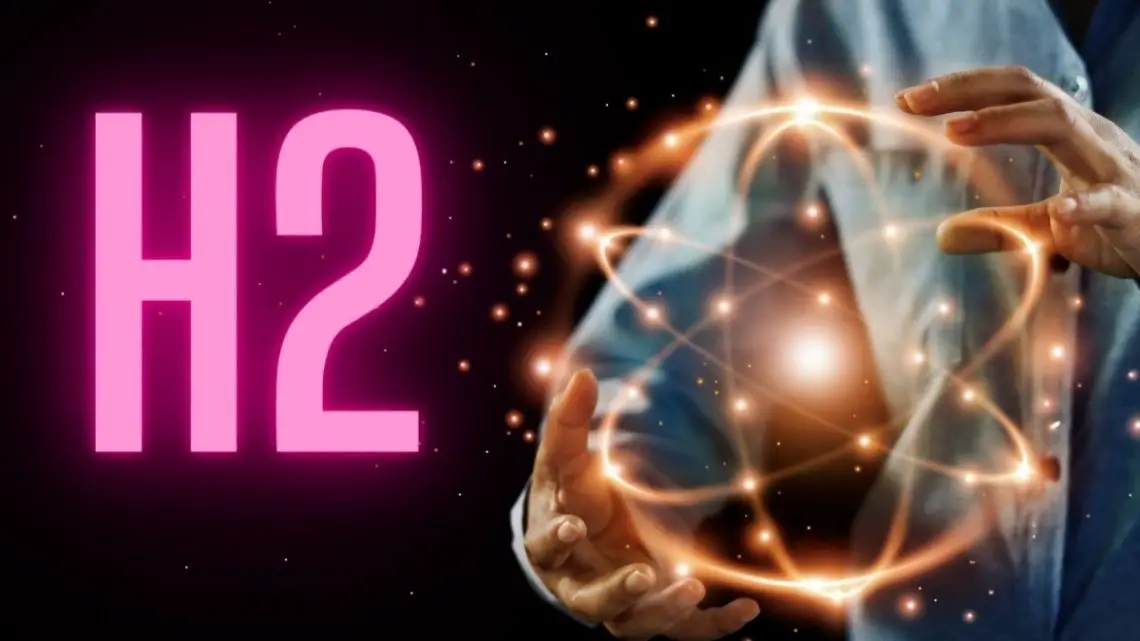
Is nuclear hydrogen as clean as green H2?
April 23, 2022This promising CO2 emission-free fuel source can be powered electricity generated in many ways.
Nuclear hydrogen is among the forms of H2 being taken very seriously among countries that are seeking to rely on this carbon emission-free fuel for a spectrum of different applications.
Many say that this method of producing H2 is just as environmentally friendly as renewably powered forms.
Nuclear hydrogen, also often known as red or pink hydrogen, is frequently viewed as a top option for hydrogen production without greenhouse gas emissions. The reason is that using this form of electricity – which is already widely available in many countries – does not result in CO2 emissions as is the case when using fossil fuels such as natural gas or coal to power production, frequently known as grey or brown methods, unless carbon capture and storage is used, in which case they’re called blue.
That said, it is still not the same thing as green H2, which is produced using renewable electricity such as solar or wind energy to power the process. Certainly, that is not the same as nuclear energy. It therefore cannot be designated as green. That said, is it cleaner than other production forms? This is an important question, as it is already far more widely available than solar and wind farms, potentially offering more immediate solutions in decarbonization strategies.

Nuclear hydrogen has a number of advantages over green hydrogen, but is it clean enough?
Green H2 comes with a several important challenges. Primary among them is that more solar and wind farms – among other forms of renewable electricity generation – must be built in order to provide the necessary electricity. The cost and reliability of this form are regularly called into question. While it is becoming increasingly cost competitive due to the energy crisis in Europe, it remains an expensive option compared to higher polluting alternatives.
Using nuclear energy to power electrolysis is widely seen as an efficient and cost-effective strategy, using existing electricity generation. This is certainly a carbon emission-free form of production as well.
Among the primary criticisms of nuclear hydrogen is that it would continue the reliance on nuclear energy and the risks and radioactive waste it requires. Furthermore, as the Russian war in Ukraine has pointed out, there are risks to maintaining these power plants as well.



 With over 15 years of reporting hydrogen news, we are your premier source for the latest updates and insights in hydrogen and renewable energy.
With over 15 years of reporting hydrogen news, we are your premier source for the latest updates and insights in hydrogen and renewable energy.
Use modular — navy style 20 mw — nuclear, not large 1,000 mw power plants. Have either wide remote distribution or concentrated in a remote part of the U.S.. Modular reactors could make OTEC cost effective by generating waste heat to warm ocean surface waters. OTEC systems could provides a continuous supply of fresh water for electrolysis. Because of a potential uranium fuel problem, I recommend modular 20 mw sodium cooled breeder reactors. In fact these reactors could be placed inside a limited number of large 12 mw wind turbine pedestals in a remote high wind location like western North Dakota with hydrogen pipeline transmission. I’ll provide details if you are interested.
“Radioactive Waste” is viewed by many as partially spent nuclear fuel. It is not technically waste unless you chose to waste it. It can be recycled into new nuclear fuel in that only 5% of the energy is initially used. Similarly the radioactive fission products, such as strontium, cesium, iodine, platinum metals, rare earth metals, zirconium and noble gases can be recycled and are useful to industry. Wind and solar renewables also have downsides such as Chinese slave labor and toxic elements in the production of solar panels, 1000 times the land usage of nuclear and 100 times the manufacturing materials required compared to nuclear for the same electrical generation, and less durable than nuclear needing replacement every 25-30 years. Today’s nuclear plant has the potential to last 100 years. Renewables need daily backup, usually natural gas or coal. Nuclear power is on continuously except for refueling and maintenance every few years.
I would also say that the wildlife impact of wind and solar is significant with many eagles, cranes, raptors, and bats being maimed or killed. We still dont know the extent of this but we should figure it out before we increase renewables 100 fold and potentially threaten entire species.